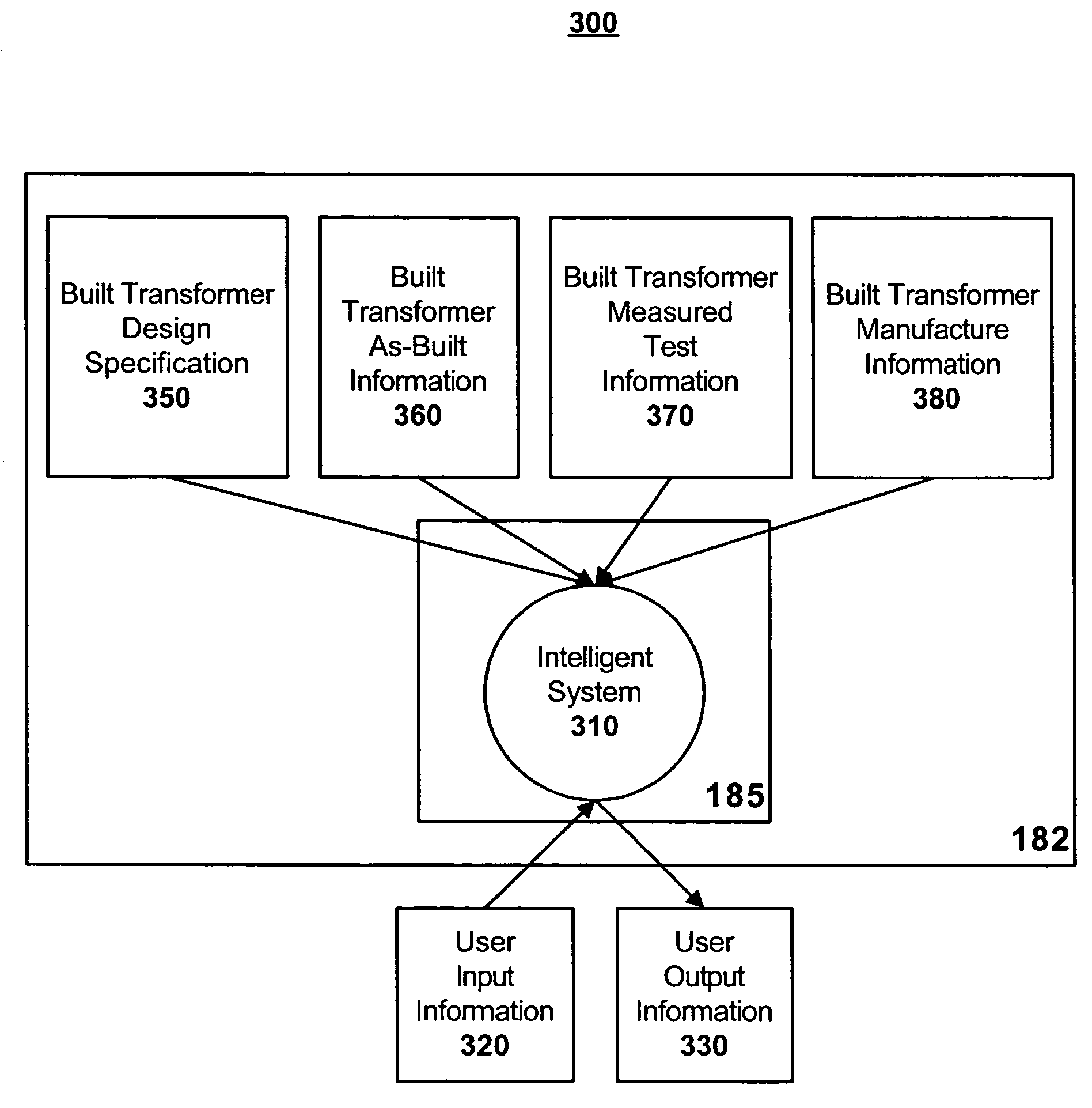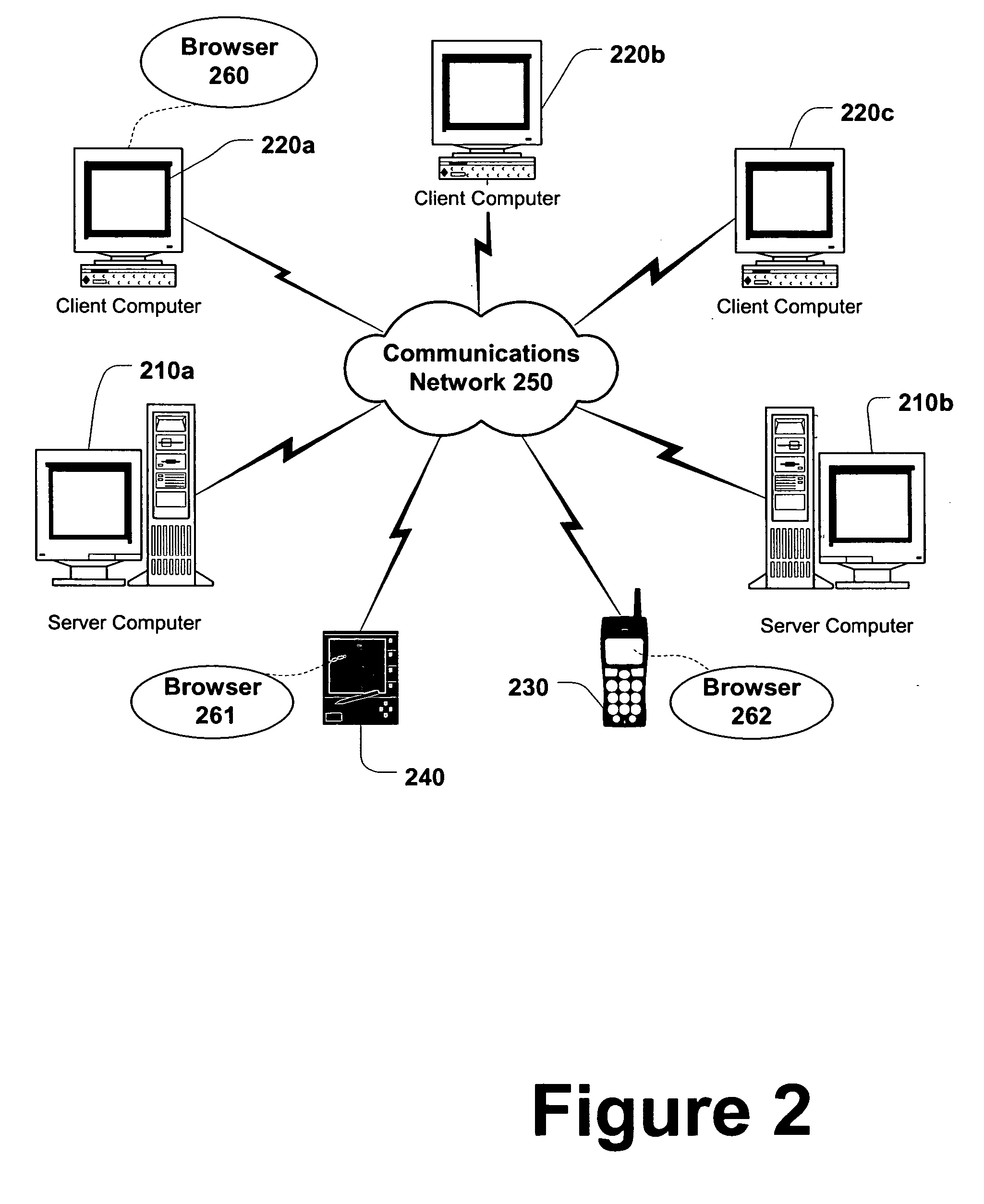Transformer performance prediction
a transformer and performance prediction technology, applied in the direction of instruments, nuclear elements, nuclear engineering, etc., can solve the problems of power loss to a single house, power loss to a large number of customers, and power loss to a number of customers
- Summary
- Abstract
- Description
- Claims
- Application Information
AI Technical Summary
Benefits of technology
Problems solved by technology
Method used
Image
Examples
Embodiment Construction
[0019] Transformer performance is predicted using an intelligent system based on a transformer design and test results of previously built transformers. Systems and methods for predicting transformer performance may be implemented in one or more of the exemplary computing environments described in more detail below, or in other computing environments.
[0020]FIG. 1 shows computing system 120 that includes computer 120a. Computer 120a includes display device 120a′ and interface and processing unit 120a″. Computer 120a executes computing application 180. As shown, computing application 180 includes a computing application processing and storage area 182 and a computing application display 181. Computing application processing and storage area 182 includes computing engine 185. Computing engine 185 may implement systems and methods for predicting transformer performance. Computing application display 181 may include display content which may be used for predicting transformer performanc...
PUM
 Login to View More
Login to View More Abstract
Description
Claims
Application Information
 Login to View More
Login to View More - R&D
- Intellectual Property
- Life Sciences
- Materials
- Tech Scout
- Unparalleled Data Quality
- Higher Quality Content
- 60% Fewer Hallucinations
Browse by: Latest US Patents, China's latest patents, Technical Efficacy Thesaurus, Application Domain, Technology Topic, Popular Technical Reports.
© 2025 PatSnap. All rights reserved.Legal|Privacy policy|Modern Slavery Act Transparency Statement|Sitemap|About US| Contact US: help@patsnap.com



